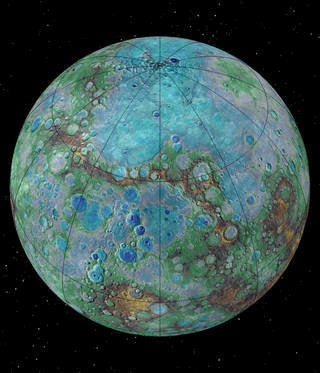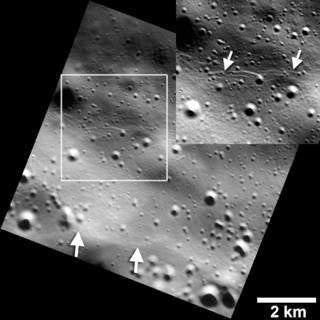In case you were planning on moving to Mercury, you might want to reconsider, as it seems the planet is slowly shrinking.
It was previously believed that Earth was the only planet in the solar system that was tectonically active, but it seems that is no longer the case.

New NASA research has shown that Mercury, the closest planet to the sun, is not only seriously hot and small, but getting smaller.
NASA Planetary Science Director Jim Green: “For years, scientists believed that Mercury’s tectonic activity was in the distant past. It’s exciting to consider that this small planet – not much larger than Earth’s moon – is active even today.”
The NASA MESSENGER spacecraft has been able to get closer to the planet than ever before, providing higher resolution images of the planet’s surface.
They revealed previously undetected small fault scraps – cliff like landforms that are created as the interior of the planet cools, causing the planet to contract and forcing the surface crust to break and thrust upwards.

In the 1970’s scientists found larger scarps, some as big as a mile high, but these were from a much older geological period.
The new scarps are small enough that geologists believe they are still young, not only because of their size but because they have avoided being destroyed by the steady bombardment of meteoroids and comets.
Lead author Tom Watters said, in Nature Geoscience journal: “The young age of the small scarps means that Mercury joins Earth as a tectonically active planet, with new faults likely forming today as Mercury’s interior continues to cool and the planet contracts.”
